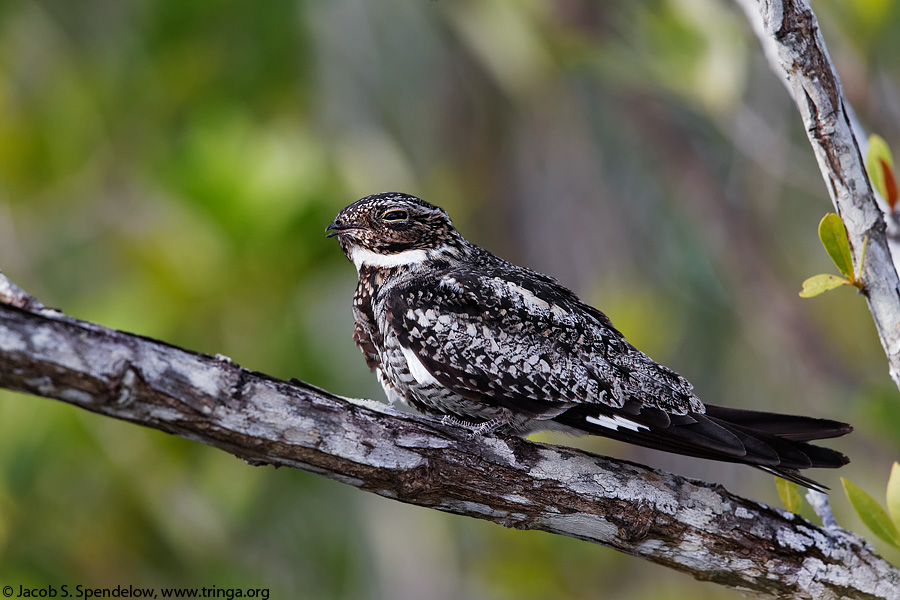
Young common nighthawks learn to fly at the age of 18 days.Ĭommon nighthawk can survive up to 10 years in the wild (4 to 5 years on average).

Both parents provide food for their chicks. They are rarely seen in the wild due to well camouflaged plumage. Only female takes part in the incubation of eggsĬommon nighthawks are active from the moment of birth. Female lays 2 eggs that hatch after 16 to 20 days. From ground perches during the breeding season, Lesser Nighthawks give a toadlike, somewhat eerie trill that lasts for around 7-13 seconds. They often nest on the gravelly roofs.Ĭommon nighthawks produce one or two broods per season. Mating season of common nighthawks takes place from March to October.Ĭommon nighthawks lay eggs directly on the sandy, gravelly or rocky ground covered with leaves, pieces of wood, moss or lichen. Natural enemies of common nighthawks are raccoons, opossums, skunks, cats, golden eagles, peregrine falcons and great horned owls.Ĭommon nighthawks gather in large flocks and travel 1.600 to 4.200 miles toward the wintering grounds in South America.Ĭommon nighthawks produce sharp, electric calls and booming sounds during the courtship. Common nighthawk is also known as "goatsucker" due to widespread, but false myth, that it visits barns at night to suckle goat's milk. It can consume 500 mosquitoes per day.ĭespite its name, common nighthawk is not closely related to hawks. Common nighthawk collects food near the surface of the ground and water or high in the air (500 feet off the ground). Its diet is based on insects such as ants, wasps, beetles, moths, flies, crickets and grasshoppers. Dives are followed with racecar-like, whooshing sound.Ĭommon nighthawk is active at dusk and dawn (crepuscular animal).Ĭommon nighthawk is a carnivore (meat-eater). Common nighthawk abruptly dives toward the females and intruders. It performs graceful loops and frequently changes direction of flight. It is well known for its erratic, bat-like flying technique. Wings are dark grey colored and covered with white bars.Ĭommon nighthawk has short, slightly hooked bill, short legs with small feet, long, pointed wings and forked tail.Ĭommon nighthawk has wingspan of 20.9 to 22.4 inches.

Despite these factors, common nighthawks are still numerous and widespread in the wild.Ĭommon nighthawk can reach 8.7 to 9.4 inches in length and 2.3 to 3.5 ounces of weigh.Ĭommon nighthawk has dark brown, grey or black body, white throat and mottled breasts. Habitat loss, lack of prey and accidental collisions with vehicles are the greatest threats for their survival in the wild. We reviewed the number of publications, observations, and recordings available for each nightjar inhabiting the Brazilian Pantanal and the Band-tailed Nighthawk (Nyctiprogne leucopyga) was. These birds exist on the planet at least 400.000 years. Common nighthawk inhabits coastal areas, logged forests, plains, grasslands, marshes, river valleys and rocky outcrops. There are 9 subspecies of common nighthawk that can be found in North America. Common nighthawk is medium-sized bird that belongs to the nightjar family.


 0 kommentar(er)
0 kommentar(er)
